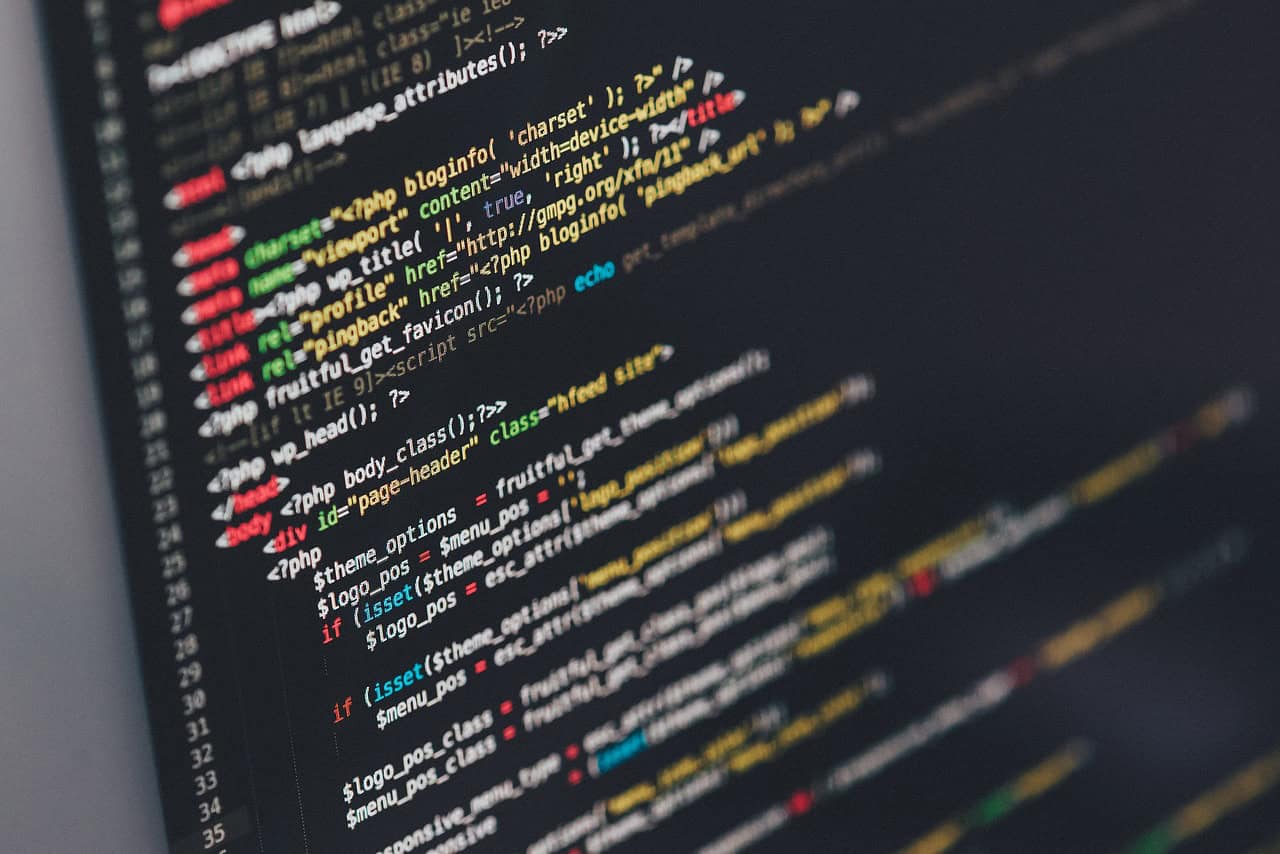Comprehensive Guide to Python Web Development for Beginners
Python is an incredibly versatile and popular language for web development, offering a robust ecosystem of frameworks, libraries, and tools that simplify the development process. This guide aims to help beginners learn and master Python web development.
What is Python Web Development?
Python web development involves creating web applications and websites using the Python programming language. It encompasses writing server-side logic to handle HTTP requests and responses, manage data storage and retrieval, implement business logic, and render dynamic content.
Why Use Python for Web Development?
Python brings many advantages to web development:
- Versatility: Python is known for its simplicity, readability, and vast ecosystem of libraries and frameworks, making it ideal for both beginners and experienced developers.
- High-Level Language: Python abstracts away many low-level details, allowing developers to focus on the logic of their applications rather than the underlying infrastructure.
- Extensive Libraries: Python has a wide range of libraries and frameworks that simplify web development, such as Django, Flask, and Pyramid.
Setting Up Your Development Environment
- Install Python: Start by installing Python on your machine. Visit the official Python website and download the latest version compatible with your operating system.
- Choose a Web Framework: Python offers various web frameworks that provide tools and structures to streamline web development. Popular frameworks include:
- Django: Known for its high-level abstractions and extensive libraries, making it ideal for complex applications.
- Flask: A lightweight framework suitable for smaller projects and prototyping.
- Pyramid: A flexible and minimalist framework that can handle both small and large applications.
- Set Up a Virtual Environment: Create a dedicated folder for your project and set up a virtual environment to isolate its dependencies. You can use tools like
virtualenvor Python’s built-invenvmodule to create and activate a virtual environment.
Key Features of Popular Python Web Frameworks
Django
- Integrated Authentication System: Django comes with a built-in authentication system.
- Automatic Admin Interface: Offers an automatic admin interface for item management.
- Caching Framework: Supports multiple cache mechanisms to improve application performance.
Flask
- Lightweight: Flask is easy to learn and use, making it ideal for smaller projects.
- Flexible Routing: Allows developers to define routes in a flexible way.
Pyramid
- Flexible and Minimalist: Known for its suitability for both small and large applications.
- URL Mapping: Uses URL mapping based on routes configuration through URL dispatch.
Best Practices for Python Web Development
- Follow the DRY Principle to avoid code repetition.
- Use Version Control systems like Git for collaboration.
- Test Your Code: Implement testing techniques to ensure your code is reliable.
- Deploy Your Application: Learn to deploy your application using tools like Docker and cloud platforms.
Learning Resources
- Real Python Tutorials: Comprehensive tutorials on Python web development.
- BrowserStack Guides: Tutorials covering various frameworks and best practices.
- Free Learning Resources: Access PDF guides and video tutorials to kickstart your Python journey.
Conclusion
By following the steps outlined in this guide, beginners can effectively learn and master Python web development, establishing a strong foundation for their coding careers. For more information and resources, explore related articles such as Master Python Web Development: The Ultimate Guide for Beginners and A Beginner’s Guide to Python Web Development.
Python Web Development Projects and Real-World Applications
Key Projects
- Project 1: Personal Blog Application
Create a personal blog where users can create, edit, and delete posts. Utilize Django for its built-in admin features.
# models.py (small example) from django.db import models class Post(models.Model): title = models.CharField(max_length=100) content = models.TextField() created_at = models.DateTimeField(auto_now_add=True) - Project 2: RESTful API with Flask
Develop a RESTful API for a simple e-commerce application where users can view and purchase products.
from flask import Flask, jsonify app = Flask(__name__) @app.route('/products', methods=['GET']) def get_products(): return jsonify({'products': ['Book', 'Laptop', 'Phone']}) if __name__ == '__main__': app.run(debug=True) - Project 3: To-Do List Application using Pyramid
Build a to-do list web application where users can add, remove, and update tasks.
from pyramid.config import Configurator from pyramid.response import Response def hello_world(request): return Response('Hello World!') if __name__ == '__main__': with Configurator() as config: config.add_route('hello', '/') config.add_view(hello_world, route_name='hello') app = config.make_wsgi_app()
Real-World Applications
Python web development finds its applications across various industries:
- Content Management Systems: Platforms like Django CMS allow users to create and manage online content effortlessly.
- E-Commerce Platforms: Flask and Django can be used to create secure and scalable online shopping sites.
- Data Dashboards: Using frameworks like Dash (built on Flask), developers can create interactive dashboards for data visualization.
- Social Media Applications: Python can power backend services for social networks, facilitating user interactions, posts, and feeds.
Next Steps
Now that you’ve grasped the fundamentals of Python web development, it’s time to take your skills to the next level. Start by diving into practical projects that allow you to apply what you’ve learned. Consider building a simple web application using Flask or Django to familiarize yourself with the frameworks’ functionalities.
Additionally, explore more resources, including the comprehensive guide on web development in Python, to deepen your understanding. Don’t forget to adopt the best practices mentioned earlier to enhance your coding efficiency and project quality.
Lastly, join online communities and forums where you can share your projects and get feedback from fellow developers. These interactions can provide valuable insights and help you grow as a Python web developer. Happy coding!

1 thought on “Unlock Your Coding Potential: The Ultimate Guide to Python Web Development for Beginners”
Comments are closed.